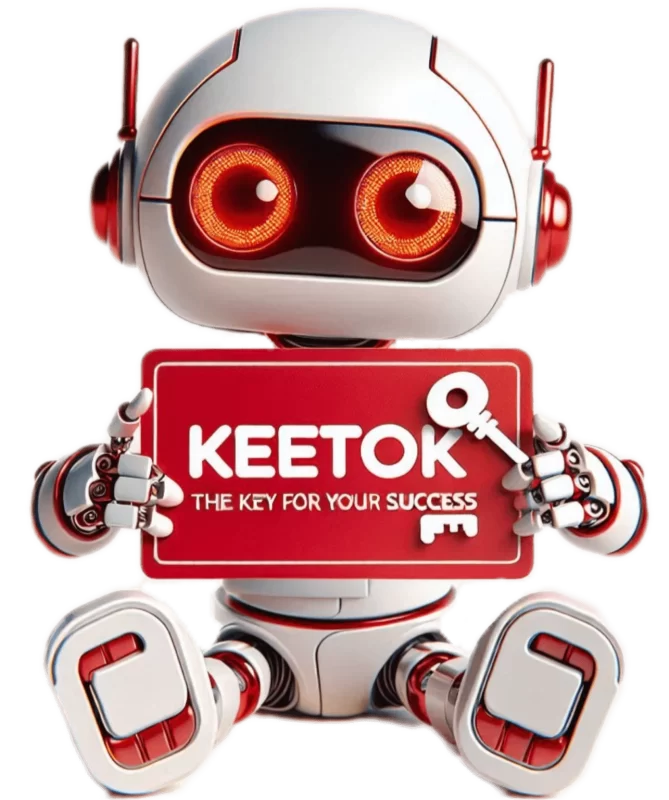0:00
Comprehensive Goal Planner Management:
- Goal Definition:
- Vision Statement: Long-term vision of what you want to achieve.
- Mission Statement: Purpose and primary objectives.
- Short-Term Goals: Goals to achieve within 1 year.
- Medium-Term Goals: Goals to achieve within 1-5 years.
- Long-Term Goals: Goals to achieve beyond 5 years.
- SMART Criteria: Specific, Measurable, Achievable, Relevant, Time-bound.
- Goal Metrics and Milestones:
- Key Performance Indicators (KPIs): Metrics to measure success.
- Milestones: Significant points in the project timeline.
- Benchmarking: Comparing performance with industry standards.
- Resource Planning:
- Cost Estimation: Detailed budget breakdown.
- Resource Allocation: Allocation of financial, human, and material resources.
- Funding Sources: Identification of funding options (investments, loans, grants).
- Total Net Costs: Comprehensive cost analysis.
- Future Solutions and Fixes: Contingency plans for unforeseen issues.
- Tasks and Activities:
- Task Categories: Grouping tasks by type or project phase.
- Tags and Labels: Organizing tasks for easy tracking.
- Action Plans: Step-by-step procedures to achieve goals.
- Dependencies: Tasks that rely on the completion of other tasks.
- Responsibility and Collaboration:
- Assigned Person: Designating who will do each task (me, other person, expert).
- Skill Requirements: Identifying necessary skills for each task.
- Skill Acquisition: Training, hiring, or outsourcing.
- Cost of Skills Acquisition: Budget for acquiring necessary skills.
- Team Members: List of all individuals involved in the project.
- Roles and Responsibilities: Clear definition of each team member’s role.
- Collaboration Tools: Software and platforms for team communication and collaboration.
- Project Management:
- Project ID: Unique identifier for each project.
- Project Timeline: Detailed timeline with start and end dates.
- Gantt Charts: Visual representation of the project schedule.
- Risk Assessment: Identifying and evaluating potential risks.
- Contingency Plans: Strategies to mitigate identified risks.
- Project Milestones: Key points to mark progress.
- Status Reports: Regular updates on project progress.
- Monitoring and Evaluation:
- Progress Tracking: Tools and methods for tracking progress (e.g., software, dashboards).
- Regular Reviews: Scheduled sessions to review progress and make adjustments.
- Feedback Loop: Mechanism for receiving and incorporating feedback.
- Success Metrics: Criteria to evaluate success.
- Adjustments and Iterations: Process for making necessary changes based on reviews.
- Documentation and Reporting:
- Notes and Observations: Regular documentation of insights and observations.
- Meeting Minutes: Records of discussions and decisions made during meetings.
- Reports and Summaries: Detailed and summary reports on progress, issues, and solutions.
- Archiving: Storing important documents for future reference.
Data Collection and Awareness:
- Initial Assessment:
- Current Status: Baseline assessment of resources and capabilities.
- SWOT Analysis: Evaluating strengths, weaknesses, opportunities, and threats.
- Market Analysis: Understanding the market and competitive landscape.
- Setting SMART Goals:
- Specific: Clearly defined objectives.
- Measurable: Criteria to measure progress and success.
- Achievable: Realistic and attainable goals.
- Relevant: Goals aligned with overall vision and mission.
- Time-bound: Deadlines and timeframes for achieving goals.
- Resource Planning:
- Budgeting: Detailed financial planning.
- Resource Inventory: List of available and needed resources.
- Funding Strategies: Plans for securing necessary funding.
- Task Breakdown:
- Work Breakdown Structure (WBS): Hierarchical decomposition of tasks.
- Action Items: Specific actions required to complete tasks.
- Responsibility Matrix: Assigning tasks to team members.
- Progress Monitoring:
- Tracking Tools: Software and tools for monitoring progress.
- KPIs and Metrics: Metrics to evaluate performance.
- Status Updates: Regular updates on task and project status.
- Review and Adjustments:
- Review Meetings: Regularly scheduled meetings to assess progress.
- Feedback Mechanisms: Collecting feedback from stakeholders.
- Iterative Improvements: Making adjustments based on feedback and progress.
Example Workflow (Expanded):
- Define Goals:
- Set specific short-term, medium-term, and long-term goals with clear timeframes using SMART criteria.
- Develop a vision and mission statement to guide goal-setting.
- Identify Milestones and Metrics:
- Establish key milestones and KPIs to track progress.
- Benchmark performance against industry standards.
- Resource Planning:
- Estimate costs and allocate resources for each goal.
- Identify funding sources and develop contingency plans.
- Task Assignment:
- Break down goals into actionable tasks and assign responsibilities.
- Create detailed action plans and identify task dependencies.
- Skill and Team Management:
- Identify necessary skills and team members required for the project.
- Develop a plan for skill acquisition and allocate roles and responsibilities.
- Progress Tracking:
- Monitor progress using tracking tools and schedule regular reviews.
- Use Gantt charts and status reports to visualize progress.
- Evaluate and Adjust:
- Conduct periodic reviews and make necessary adjustments based on feedback and progress.
- Implement a feedback loop and document all insights and decisions.
By focusing on these expanded keywords and elements, you can create a comprehensive and expert-level goal planner management tool that helps you set, track, and achieve your goals with precision and efficiency.
